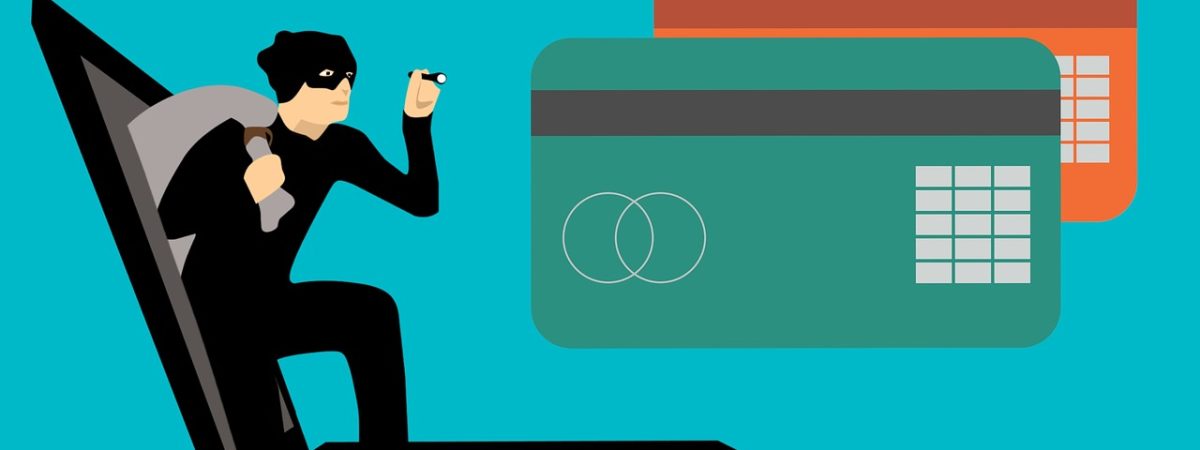
Does Same-Day Delivery Work for Your Business?
As consumers rely more on e-commerce for their needs and wants, their desire for instant gratification does not dwindle. Consumers want their packages to arrive at their doors as quickly as possible, and as a result, same-day delivery has become the new benchmark.
Trends and Statistics:
In 2019, the value of the same-day delivery market was USD 5.87 billion, and by 2024 it is expected to be worth USD 15.60 billion. Automation and increased internet and smartphone usage are the main factors behind the exponential growth.
Another unexpected factor is the pandemic. As people avoid the mall and opt to shop online instead, deliveries have increased. To keep up with all the orders, brands have started to use storefronts as extra storage, bought mini-warehouses and opened dark stores — retail distribution centers that cater exclusively to online shopping.
Benefits:
Same-day delivery offers brands numerous alluring benefits. One of the biggest and most tempting is increased customer satisfaction. The digital world has given consumers access to an endless number of brands to choose from. If they are dissatisfied with one, they’re quick to find another.
Although endless options are good for the consumer, it leaves brands struggling to find ways to build customer loyalty.
Same-day delivery became an effective way to increase customer satisfaction and build strong connections with consumers. According to a recent study, 98 percent of consumers base their brand loyalty on their delivery experience and 84 percent would not buy from a brand after a poor delivery experience.
Increasing customer satisfaction ultimately leads to a second benefit: increased sales. Numerous studies have found offering same-day shipping increases conversion rates by 20-30 percent. In other words, a consumer is 20-30 percent more likely to complete their purchase when offered same-day delivery.
Challenges:
Implementing and maintaining same-day-delivery is not an easy task, and any company considering it should keep in mind the challenges they may face.
The biggest challenge is logistics. If a business does not have a proper system in place, getting a product from warehouse to consumer within 24 hours can be an impossible task.
Cost is another challenge. Although same-day-delivery can help increase sales, it does not come cheap. Increasing efficiency is the best way to reduce costs and increase profit. Many smaller companies opt for ‘batch’ deliveries to reduce the number of shipments, while others put an order minimum in place.
Lastly, staffing. Not only do businesses need to ensure they have enough staff, but also make sure staff are properly trained. Brands considering same-day-delivery need to decide if they are going to hire new staff or divide the work among current employees. Both options require planning and training to ensure the transition is smooth and effective.
Deciding what’s right for your business.
Same-day shipping is not beneficial for every business. Before jumping onto the trend, it’s important you take the time to consider if it’s right for your bottom line. If you can’t ensure great customer service for every delivery, then you run the risk of making false promises.
There are four prerequisites required for any business looking to implement same-day-delivery.
Product Availability: Brands must ensure they have enough products locally available. It is easier for big retailers to implement same-day-delivery since they already have various stores throughout the city with stock, but small retailers will need to invest in their warehouse network.
Real-Time Product Visibility: If a business does not know what products they have available and where the product is, it will be impossible to guarantee same-day delivery. Brands should first invest in their IT structure so they can track their product throughout the entire supply chain.
Fulfillment Capacity: Same-day-delivery requires the product to be picked, processed and shipped within 24 hours. Companies need to have proper logistics infrastructures set in place to reduce lead time and have the product ready to be shipped quickly. Real-time product visibility and a good warehouse network is a good starting point. Brands can make sure they can provide same-day-deliveries by auditing their supply-chain to find and fix any problems or delays, and investing in cartonization software to reduce packaging cost and time.
Flexible Last-Mile Capability: Last-mile delivery is the movement of a product from the transportation hub to the destination. Last-mile logistics are used to make sure this final stage is quick, and speedbumps are avoided. Investing in a new logistics system can help brands quickly respond to problems and get the product to the consumer on time.




